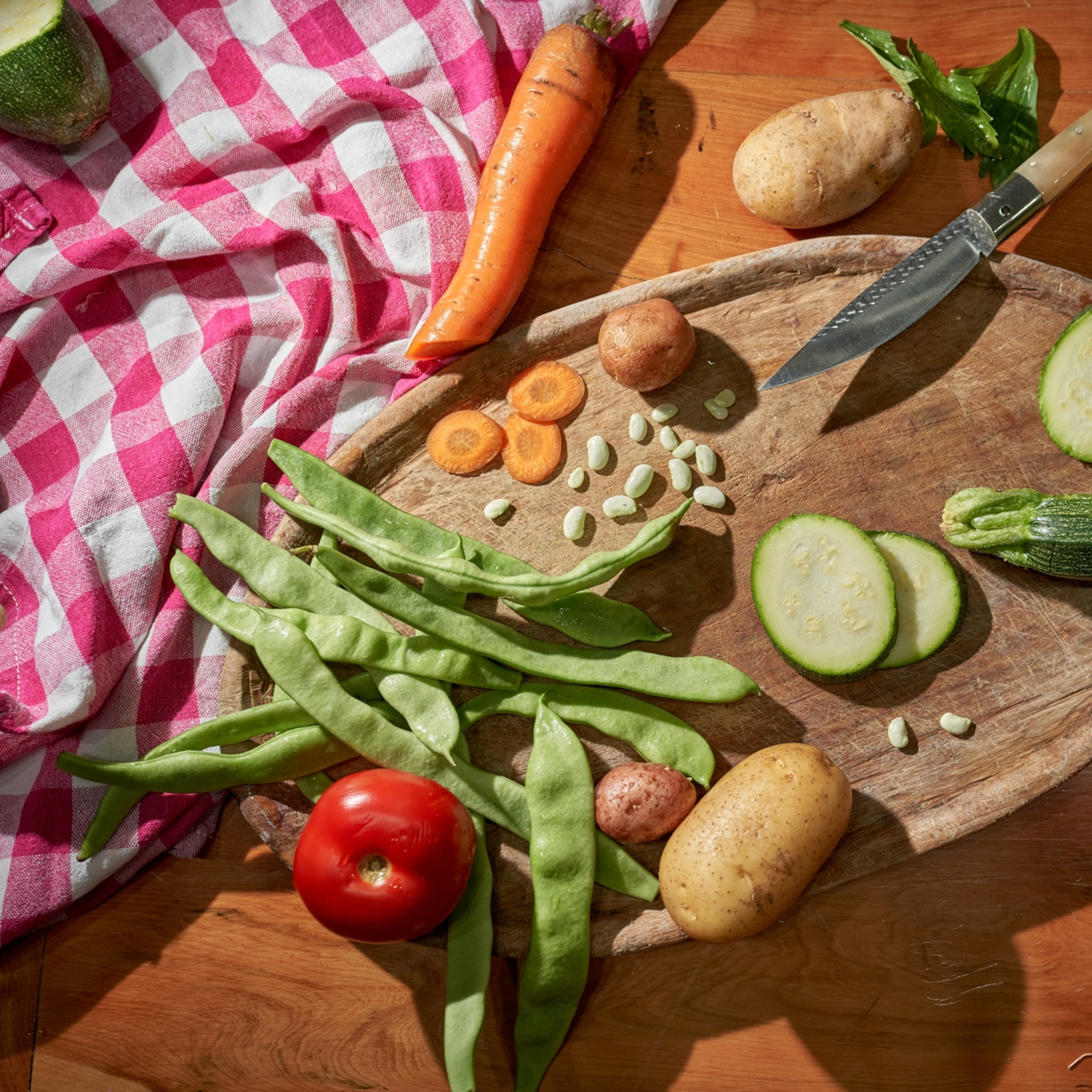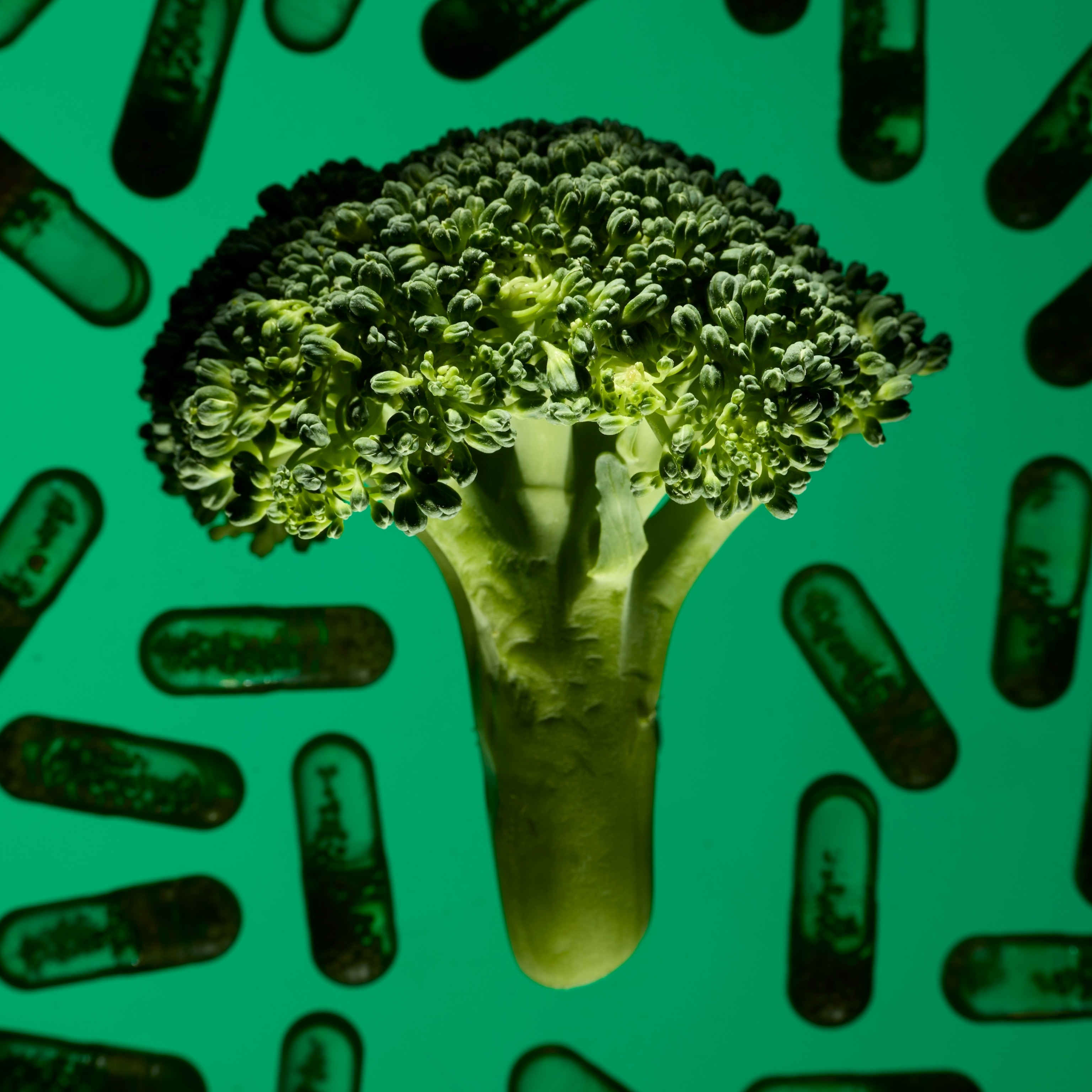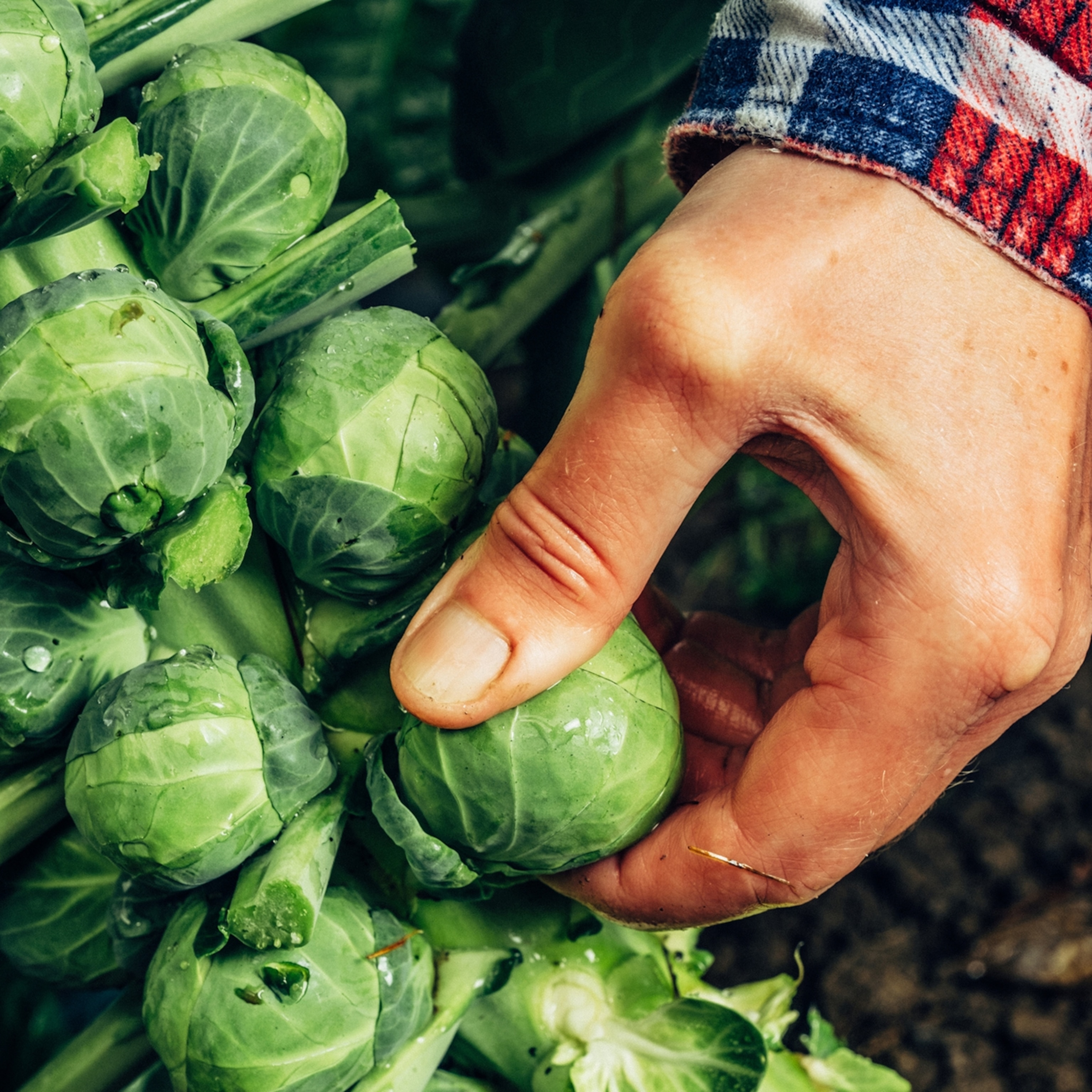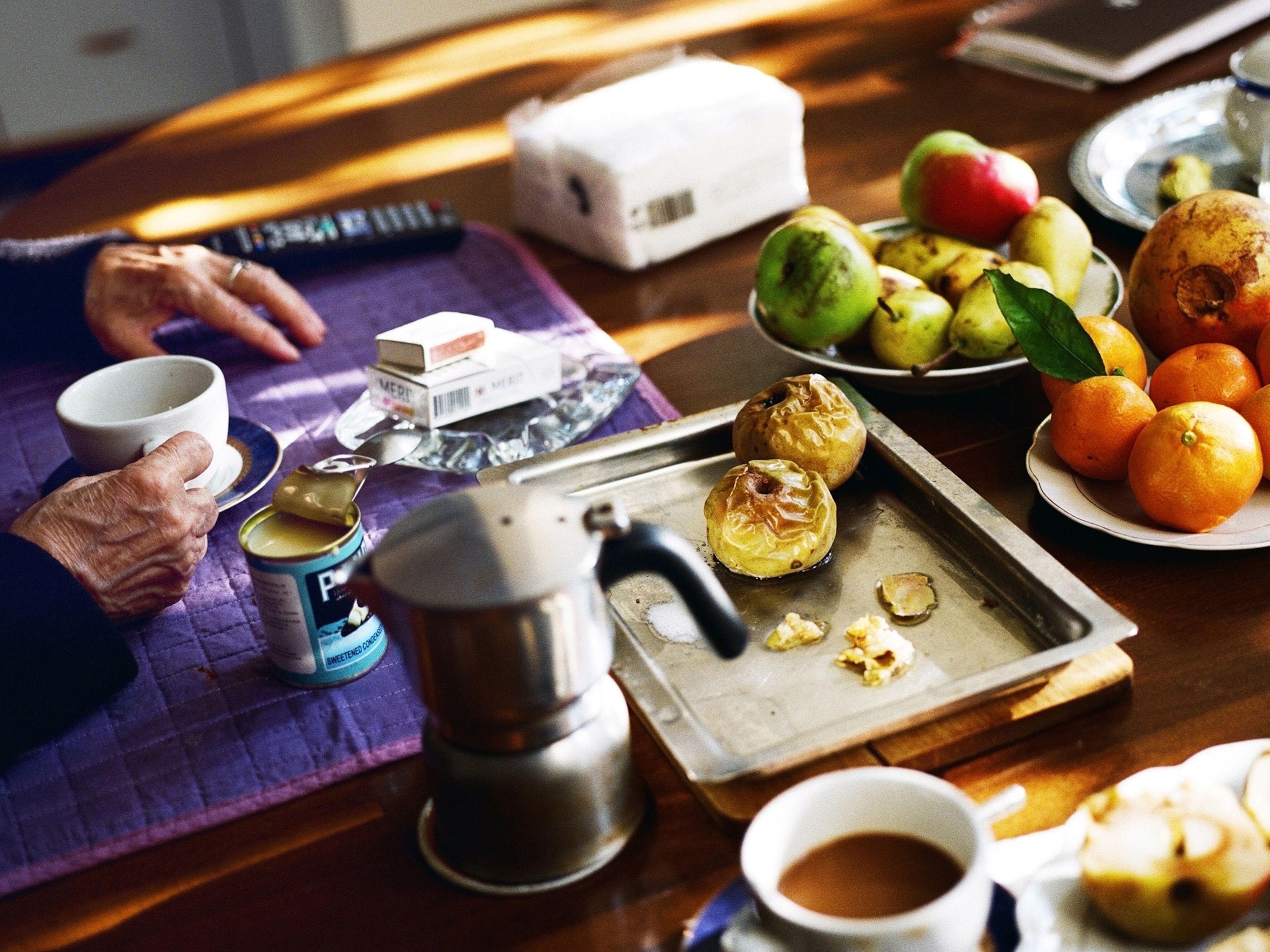The surprising benefits of the dense bean salad trend
Packed with protein, fiber, and flavor, beans are dominating TikTok pages. This customizable dish has quickly become a nutritionist-approved staple.

With the demands of modern life, finding time for meal prep can be a challenge. But what if you could throw together a healthy, hearty week’s worth of food without cooking a single ingredient?
That’s where the genius of the dense bean salad comes in.
Since influencer Violet Witchel started posting videos of Mediterranean-inspired salad recipes last year, her self-branded “dense bean salad”—or DBS—has exploded in popularity. True to their name, dense bean salads are simple, legume-forward, and filled with an assortment of vegetables and other raw ingredients like olives, chopped vegetables, and cheese—all marinated in a fresh vinaigrette.
Quick, customizable, healthy, and easy to make it bulk, it’s a trend that has excited foodies and nutritionists alike. “Anything that gets people to eat more beans is fantastic because beans are very healthy,” says Cyril Kendall is a senior research associate in the University of Toronto Department of Nutritional Sciences.
From its humble TikTok beginnings, the dense bean salad may have earned a spot in the weekly meal-prep rotation. Nutrition experts discuss the merits of this salad and what to include—or exclude—in yours.
No such thing as too many beans
Historically overlooked in North American cuisine, beans might be having a welcome comeback thanks to the latest meal-prep trend.
“North Americans are notorious for not eating beans,” Kendall says. “We've moved away from that healthy food source, and it’s something we should be consuming more of.”
(Black beans. Pinto beans. Cannellini. How do they stack up nutritionally?)
From chickpeas to edamame, beans are high in plant-based protein and an easy way to add more healthy heft to a meal, with about 15 grams of protein per cup. Beans are also packed with important vitamins and minerals—such as B vitamins, folate, iron, magnesium, and potassium, according to Andrea Glenn, a registered dietician and assistant professor in the Department of Nutrition and Food Studies at New York University. And because of their high-fiber content (12 to 15 grams in a salad serving) and slowly digestible carbohydrates, beans reduce bad LDL cholesterol and have a cardioprotective effect.
“The carbohydrates that are in those beans are considered low glycemic index, so they raise your blood sugar levels quite slowly,” Glenn says. “If you have pre-diabetes or diabetes, they might help you with managing your blood sugar.”
Non-diabetics also benefit from eating more beans. Their high protein and fiber content also makes beans “quite satiating,” which can help with portion control, Kendall says. “Generally populations that consume more beans have lower body weights…it's hard to overeat beans.”
Beyond their nutritional benefits, bean-filled salads are also a sustainable choice from an environmental perspective. Compared to other protein sources, “many beans grow using significantly less water, land, and petroleum,” says Sherene Chou, registered dietitian nutritionist and Co-Founder of nonprofit Food + Planet. “Beans are nitrogen fixing, contributing to soil health which promotes more biodiversity.”
What should you put—or avoid—in your salad?
When it comes to dense bean salads, there’s no one-size fits all. The good news: there are thousands of varieties of beans, and you can’t really go wrong.
“They're all healthy, and if you can mix a couple together—wonderful,” Kendall says. Start with a variety of beans, and add some vegetables, olives, other plant-based products, and a bit of cheese, he suggests. “That's a very healthy meal.”
For new dense bean salad eaters, Chou recommends starting simple with one kind of bean, a vegetable, and a dressing that could be as basic as oil and vinegar. “This salad is so versatile you can add almost any ingredients you have or leftover veggie odds and ends,” she says. Going for color can be a good strategy. “Colorful fruits and vegetables contain phytonutrients, which give them their colors and health promoting properties.”
Chou personally likes to experiment with soybeans, adzuki beans, mung beans, garbanzo, and black beans, usually pairing two with “something crunchy like cucumber or bell peppers, a root vegetable like sweet potato or carrots, vegan feta or shreds, and a grain like rice, quinoa, noodles, tortillas, or homemade croutons.” Chou often adds a vinaigrette or creamy dressing with tahini or peanut as a base—all topped off with chili oil. For the meal-preppers, using heartier options like kale and cabbage, or simply adding in the leafy greens last, can help “ensure they’re nice and crisp.”
For the health conscious, Glenn recommends ingredients that are high in good fats and low in sodium. For example, swap out the deli meats for high-protein nuts or seeds, and use olive or avocado oil as a dressing base over creamier dressings, which often use mayonnaise or cream as a base instead. Also, “you can look for low sodium versions of canned beans or make sure you rinse them really well before you put them on the salads,” she says.
Fresh herbs, maple syrup, vinegar, and mustard are other easy additions to a healthy but flavorful salad dressing. Adding a bit of citrus and oil to your vinaigrette can also boost the nutritional benefits. According to Glenn, these ingredients help “absorb some of the fat-soluble vitamins that you might have in your vegetables, like vitamin E.”
With a good balance of proteins, carbohydrates, vegetables, and fats, the dense bean salad is a nutritionally complete meal. And there’s no reason you shouldn’t eat it as often as you’d like.
“You can reap the health benefits by incorporating this meal into your weekly rotation,” Chou says. “This food trend is nearly foolproof.”








